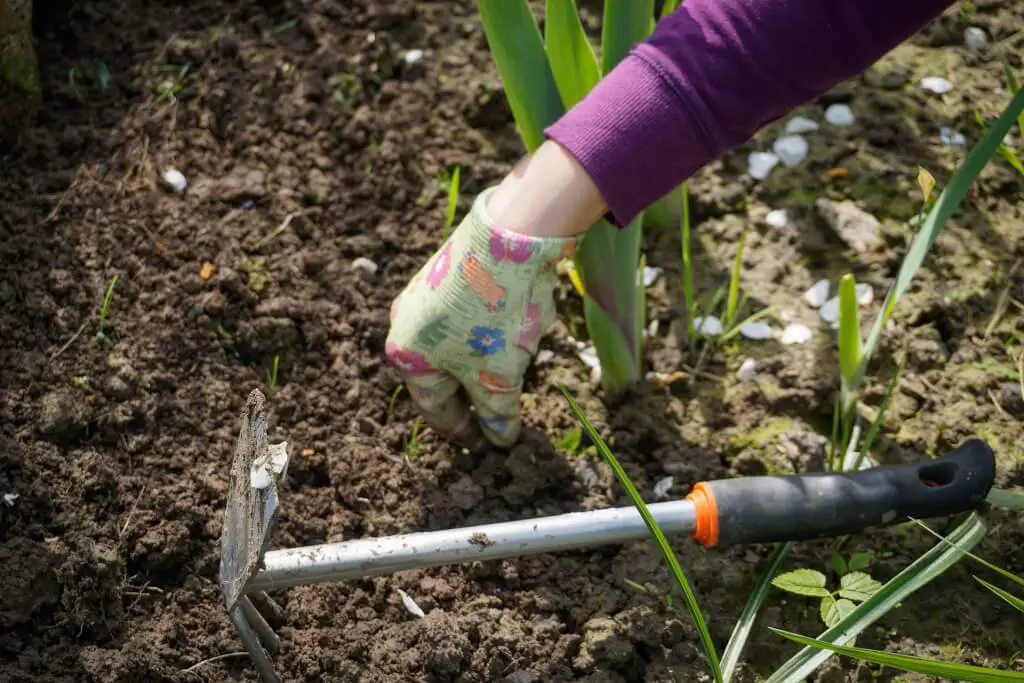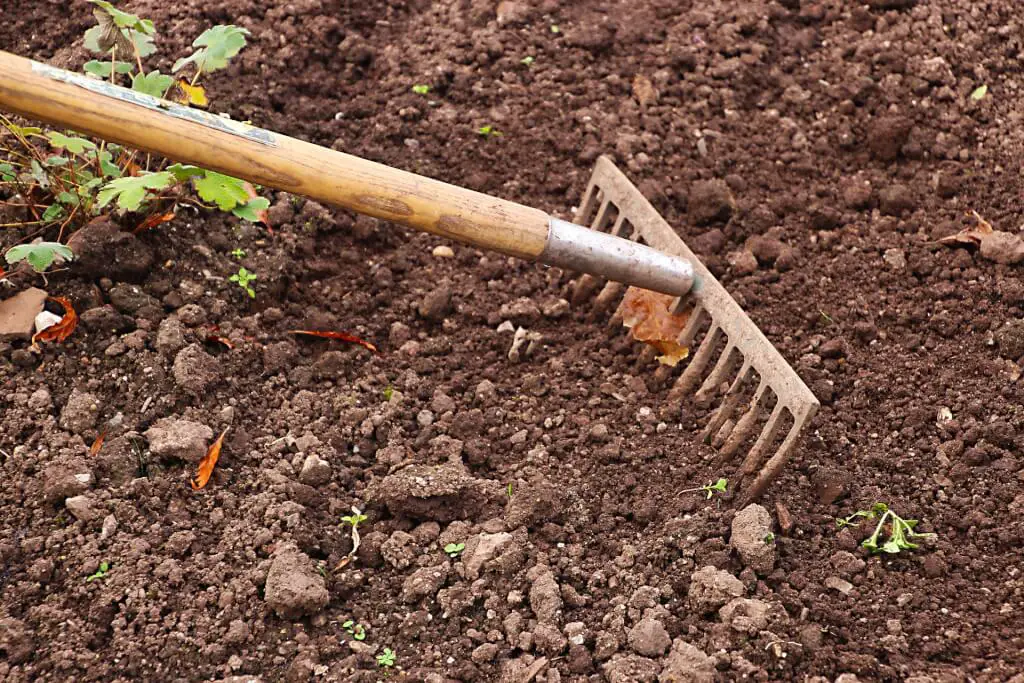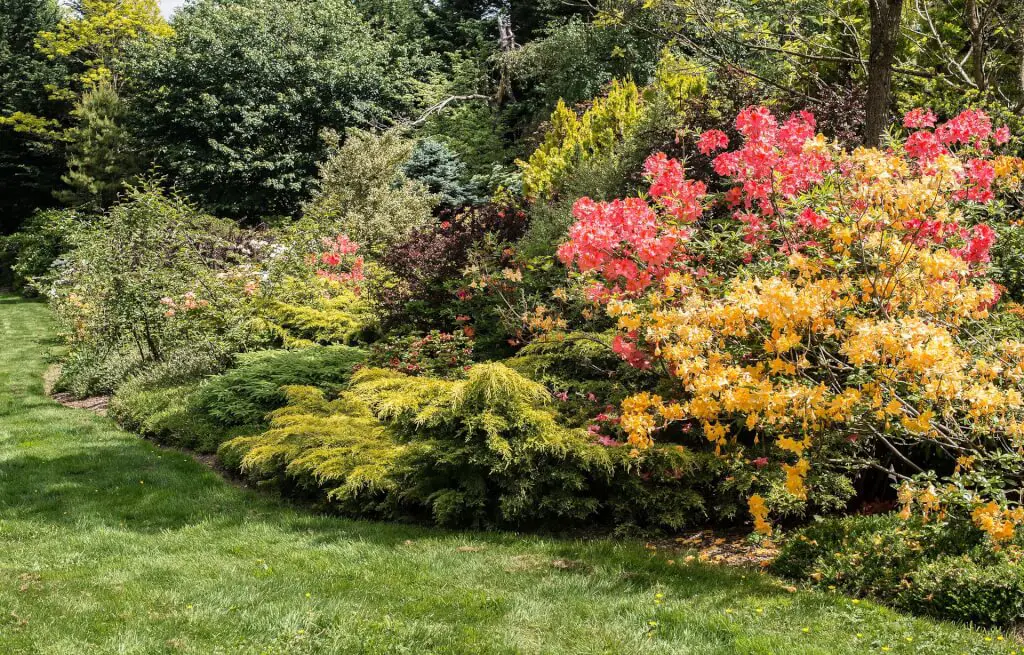Landscape fabric is made from absorbent woven material, and it’s used to check weed growth by impeding exposure to the sun. Usually, if installed professionally, the weed barrier fabric will smother weeds and allow the roots to get much-needed water and nutrients.
Landscape fabric has become all the rage among both amateur and seasoned landscapers. It is a practical and affordable method of enhancing the property’s curb appeal. In addition to being a verified weed barrier, landscaping fabric shields landscape greenery from the elements.
So, what makes landscaping fabric such a popular choice when looking for the best weed barriers? Apart from installing it effortlessly, it is pretty durable and ranks as a superb addition to your property. Here is a step-by-step guide on how to install landscape fabric.
Step-By-Step Guide on Installing Landscape Fabric
-
Measure the Section
First, before visiting the landscape fabric home depot for weed barrier fabric, measure the section of your property where you intend to install the landscape cloth. Measuring the area will let you know much material is needed and the number of landscape staples to buy.
While buying, keep in mind that landscape cloths aren’t rigid and are prone to curling and bending when you least expect it. The bending is more severe if there’s lots of foot traffic, high temperatures, and violent winds.
Subsequently, make sure your measurements are accurate! Measure approximately six inches from the end of the landscaping fabric to allow for any late adjustments.
What if ‘how to install landscape fabric around trees’ is your biggest worry? Well, in that case, measure out the sections where you intend to place the material so that every piece of fabric will slightly overlap by at least a couple of inches.

-
Get Rid of Existing Weeds
Using a garden hoe or suitable gardening tool, eliminate all weeds already thriving in the section you plan to install landscape fabric. To be on the safe side, ensure that you pull out everything, roots included.
Another common technique of getting rid of the weeds would be to spray the section with herbicide. However, should you go the herbicide way, wait for a few days before laying out the weed barrier fabric.
-
Introduce Soil Enrichments
After you lay the landscaping plastic, you won’t access the soil. So in case, you plan to enrich the soil by adding fertilizer, compost, or manure, this is the opportune time.
-
Leveling the Soil’s Surface
Using a bow rake, remove the uprooted plants, rocks, and debris that could tear the landscape fabric. Make sure that you perfectly flatten and smoothen the soil.

-
Laying Out the Landscaping Fabric
The next step is to roll out the landscape cloth across the whole section where you want to inhibit the growth of weeds. To suitably install the landscape fabric and edging, cut away excess cloth/fabric but spare some inches around the garden’s edges.
What if the area is too big for a single sheet of fabric? In that case, ensure that every area overlaps the other by 6-12 inches to ensure that weeds won’t rear their heads through the gaping seams.
Note that it pays to go through the instructions attached to your particular landscape fabric to know which side faces down in the dirt, although usually, the fuzzy side goes down.
-
Secure the Landscaping Fabric
After laying out the weed block fabric, landscape staples come in handy to hold it down. As a precaution, use a rubber mallet to hammer the staples securely.
Avoid the temptation to cut corners as far as the staples are concerned to ensure the weed blocker fabric stays in place for ages. Put a staple after every 8-10 inches on the fabric’s edges, and anywhere there are seams.
-
Plant your Flowers or Shrubs
Now that the fabric is securely in place, using scissors, make an X-shaped cut anywhere you want to put the plants. Ensure that the incision is large enough to accommodate the shrub’s root ball.
Next, retract the triangular flaps of the fabric, dig the hole, and then put in the plant before putting back the soil. Don’t forget to pack the soil around the roots to get rid of air pockets. After doing all that, ensure the flaps are secured snugly around the plant’s base to prevent weeds from breaking through.
-
Add Mulch
One step you can’t afford to miss is adding a couple of inches of mulch on the landscaping fabric. Good mulch gives the landscaping a neat appearance and helps the soil to retain moisture. Moreover, mulch also comes in handy to weigh down the fabric and block out harmful UV rays. It’s even better protection even when you’re using heavy-duty landscape fabric.

Taking Care Of Your Flower Bed
Now that your landscaping weed barrier fabric is finally in place, it doesn’t imply that no more weeding should be done. In some cases, weeds sprout on the landscaping cloth, primarily due to the blown-in soil or decomposed mulch. Over time, organic mulch breaks down, giving weeds fertile ground to germinate and, hence, replacing it.
To avoid the re-emergence of new weeds, always incorporate pre-emergent weed prevention products at the beginning of every growing season.
Whether you are a beginner or accomplished gardener/landscaper, any technique that can reduce or eliminate weeds from your garden is music to your ears. That’s why it is in your best interests to embrace landscape fabric.

